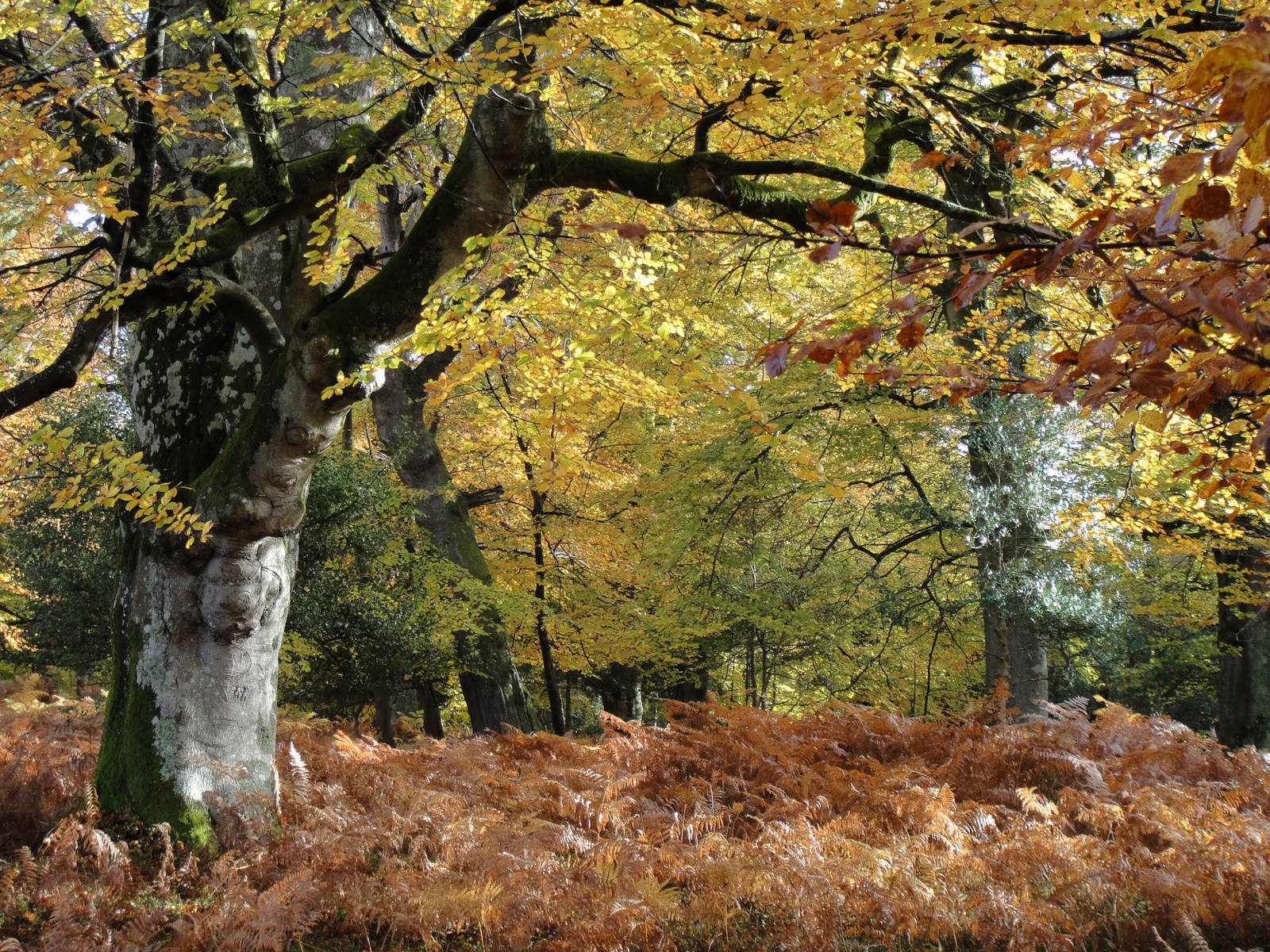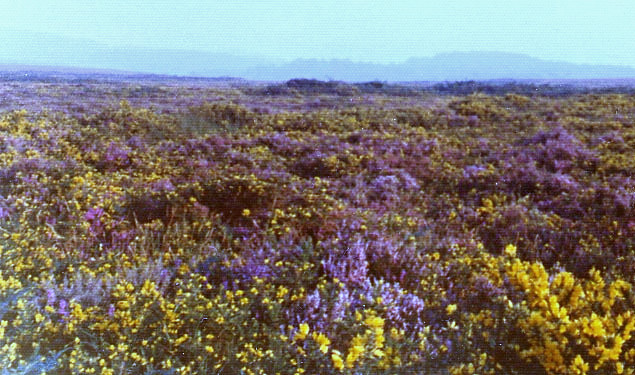If the last post piqued any interest, and you’re ready to jump onto the next plane to the UK to explore its territories, de be prepared for the language barrier.
I know, it’s England! Where they speak English! But as far as place-names go, you’ll find some of the oddest-sounding places ever in jolly ol’ England. And Scotland. And Wales. OMG, Wales.
Reading Douglas Botting’s book Wild Britain brought this point home to me when I found a number of words I didn’t know being used. Besides the usual Lake, Hill, and Forest, there were all-new words to consider, coming from ancient Celtic languages or showing their Scandinavian roots.
Here are some of my favorite new terms.
Types of woodland/ grassland: incidentally, these are all found in the New Forest (shown above, in the stunning photo by Martin O’Neill)
- Ashley Rolling Down: “a heathland with tree clumps” and as in the famous Sussex Downs where Russell met Holmes…
- Matley Bog: “mixed wet and dry heath with an overtly boggy centre” (and by the way, bogs are known as mosses or flothers in Northumberland)
- Hinchelsea Moor: “a medium profile landscape”
- Heath: a shrubland habitat found mainly on free-draining infertile, acidic soils, and is characterised by open, low-growing woody vegetation, whence comes Heathrow…and the photo of gorse and heather below)
Types of wetland
- Insh Marshes: a wetland fen (not very helpful, aye?)
- Somerset Levels: a belt of slightly raised land along the West Country coast, “subject to widespread annual flooding”
- Norfolk Broads: lakes in a series of river valleys, “the remains of large-scale peat diggings which flooded as the land sank in the 14th century”
- Wicken Fen: “one of the few undrained areas of the fenland that once covered East Anglia” and “a strange, flat land enormous skies, empty horizons, and endless acres of reed and sedge upon a thick rich silt and a blanket of sedge peat”
Upland Categories and Examples
- Buttermere Fell: a high and barren landscape feature, such as a mountain range or moor-covered hills (where the picture above was taken from, showing Bleaberry Tarn, (a mountain lake)–didn’t I tell you there was a language barrier?)
- Derbyshire Dales: a Norse word for valley
- Glen: a valley, typically long, deep, and glacially U-shaped, from the Gaelic word for valley
- Tor: a large, free-standing rock outcrop that rises abruptly from the surrounding smooth and gentle slopes of a rounded hill summit or ridge crest (and by the way, Wikipedia says “[tor] is notable for being one of the very few Celtic loanwords to be borrowed into vernacular English before the modern era”). Think Keira Knightley in Pride and Prejudice.
And as a bonus: Cannock Chase, in the Shropshire Hills, gives me the opportunity to dazzle you with this bit of trivia: Where did the name Chevy Chase come from?
Well, the actor was named (or stage-named) after the town in Maryland, I believe, which was named after The Ballad of Chevy Chase, which told of an epic battle that took place in the Cheviot Hills of lowland Scotland (nicknamed ‘Chevy’ for the occasion).
A ‘chase’ is a parcel of hunting land, in this case one that was fought over by the Scots and the English.
What an embarrassment of riches when it comes to place name descriptors!
What’s the strangest name you’ve come across lately? Leave a comment to join in!





